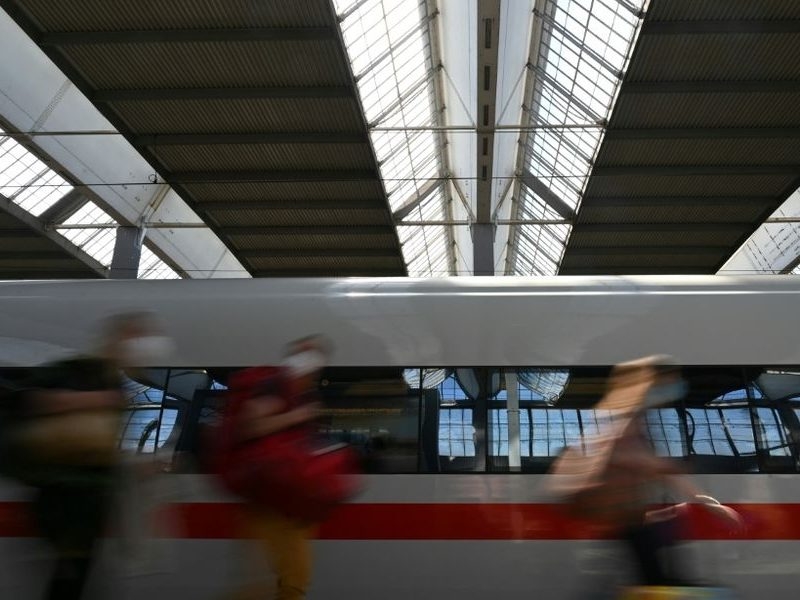Europe is poised for a transportation revolution, aiming to dramatically reduce carbon emissions with a bold, two-pronged strategy unveiled this week. The plan centers on a continent-wide expansion of high-speed rail and a massive push for sustainable fuels in aviation and shipping, signaling a commitment to a greener future.
Imagine a Europe seamlessly connected by high-speed rail, shrinking distances and transforming travel. By 2040, the vision is to link capitals with efficient, modern lines – both by upgrading existing routes and forging entirely new ones. This isn’t just about speed; it’s about reshaping how Europeans experience their continent.
The potential impact is staggering. A journey from Berlin to Copenhagen, currently a seven-hour trek, could be completed in just four. Athens to Sofia, a grueling fourteen-hour trip, would be halved to six. Even previously unconnected cities, like Paris and Lisbon, would find themselves linked by swift, reliable rail service.

But realizing this ambitious goal requires dismantling long-standing barriers to cross-border rail travel. Harmonizing ticketing systems is paramount, with a legal proposal expected soon. Equally important is fostering competition among operators to drive down costs and make rail travel accessible to all.
The financial undertaking is immense, demanding at least 345 billion euros by 2040, escalating to over 500 billion euros by 2050. Brussels intends to convene EU member states, rail companies, and financial institutions to orchestrate this massive investment, recognizing the collaborative effort required.
Past attempts at integrating European rail networks haven’t been without their challenges. The relaunch of Paris-Berlin night trains faltered, and a new Brussels-Venice service experienced a frustrating debut, stalling at the Italian border. These setbacks underscore the complexities of coordinating infrastructure across multiple nations.
Alongside the rail initiative, the Commission is accelerating the development of sustainable fuels for air and sea travel, backing the effort with nearly three billion euros in funding. The goal is to move beyond small-scale pilot projects and establish industrial-scale production of low-carbon alternatives to traditional fuels.
Specifically, the focus is on e-fuels, created using decarbonized electricity, offering a promising pathway to reduce the carbon footprint of aviation and maritime transport. However, the sector faces a significant hurdle: an estimated 100 billion euro investment needed by 2035.
While the plan has been lauded as a positive step, experts emphasize the urgency of swift action. Maintaining Europe’s leadership in e-fuel technology requires unwavering commitment and rapid implementation of these ambitious goals. The future of European transport, and its climate, hangs in the balance.





